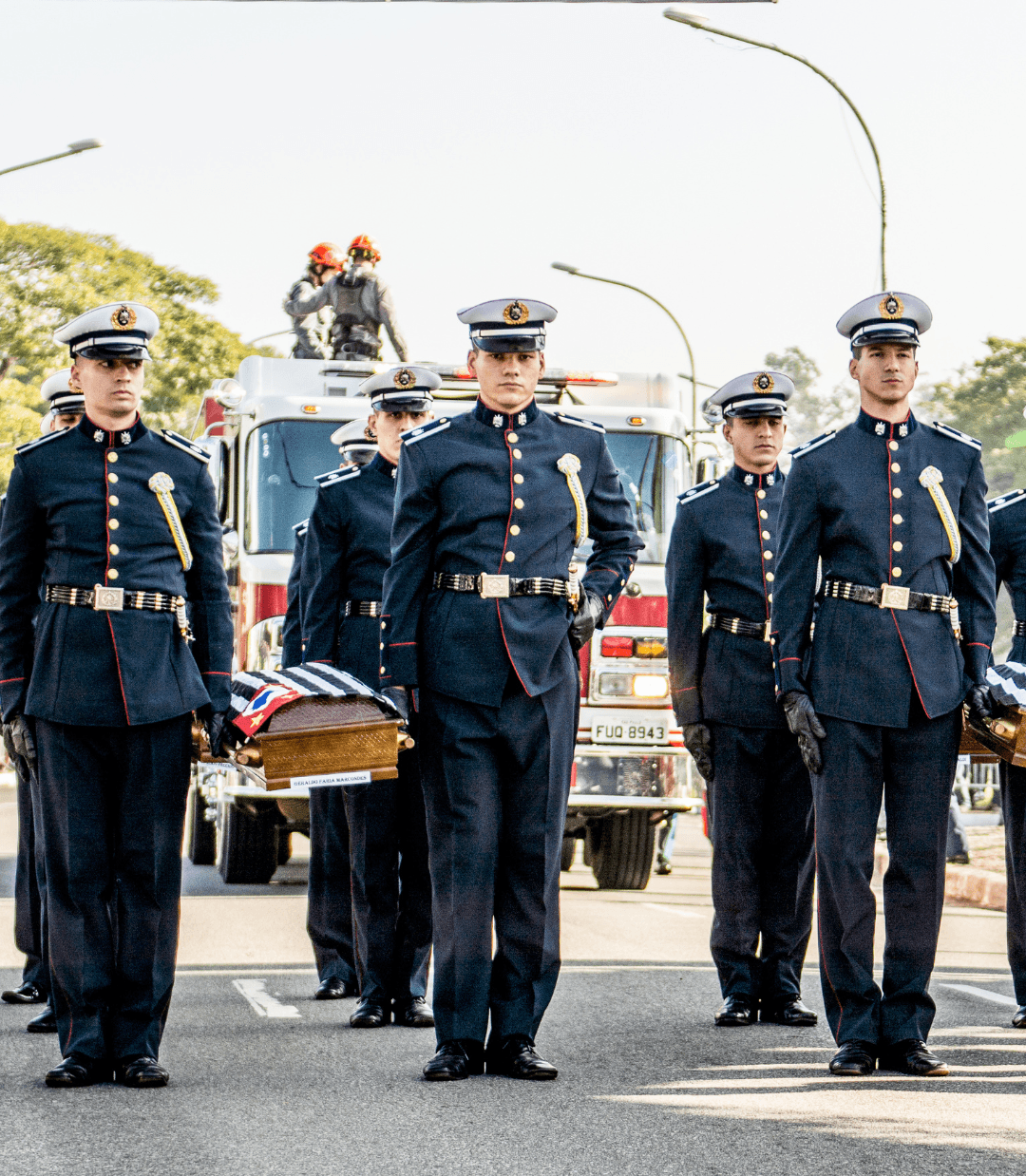
One of our most-requested blog posts is back in honor of St. Patrick’s Day. As you’re enjoying your cabbage, corned beef, and fermented barley this Saturday, consider some of Ireland’s less-known traditions regarding death and dying.
An Un-Anglo Attitude
In countries descended primarily from the Anglo-Saxon, death is something to be hidden behind closed doors and murmured about in hushed voices. We tend to fear dying and ignore death; keep it private and put it behind us. The Irish, however, use dying as a public expression of the end of life. The living and the deceased walk through the process together and discuss the journey as they go. The death of a loved one is a time of camaraderie and conversation, a time to connect with the human cycle of birth, life, and death.
A Wailing Wake
One ancient Irish tradition that some villages still hold onto is the mná caointe, or keening women. These women are believed to walk the line between life and death, and they are brought to attend the passing of the dying to help express the emotions the attendees are feeling. Their wailing and keening creates an earthy, human madness that is said to resemble the sounds accompanying birth. These women are an important tie to traditions passed and a stark reminder of the natural quality of death.
Dying: The Irish Instructions
A large and often unspoken part of the very public Irish ritual of death is an element of education. Families gather around the person passing away and learn by first-hand observation how to die. An Irishman’s last gift to his children and grandchildren is a demonstrative lesson in one of the more mysterious aspects of life: how it ends. An Irish wake is a conversation of closure: as the deceased becomes deceased, family, friends, and neighbors participate in a communal mourning just like the wakes that have taken place for thousands of years. However, the Irish tradition includes a perspective not often shared: the living are given a final gift from the dead—a demonstration of what is to come to all of us one day.
Irish Superstitions
Every household has their various superstitions, and the homes in Ireland are no different. Most commonly a person will die in their home, surrounded by waking loved ones invited to attend the passing. Once that person has died, the wake continues as their soul leaves the body and travels on to the afterlife. The waking guests become guardians of this process, and you will often find that a window is opened and the mirrors are covered, to help the spirit make its journey. In some homes, the clocks will be stopped at the exact time of death, because it is believed that if a clock stops on its own when the spirit is still present in the home, another family member will die.
We hope you’ve enjoyed reading a little about the customs, both old and ordinary, of those who live on the beautiful Emerald Isle. Happy St. Patrick’s Day!


